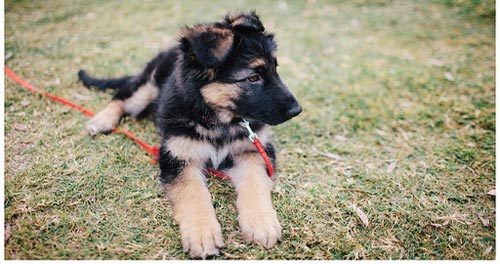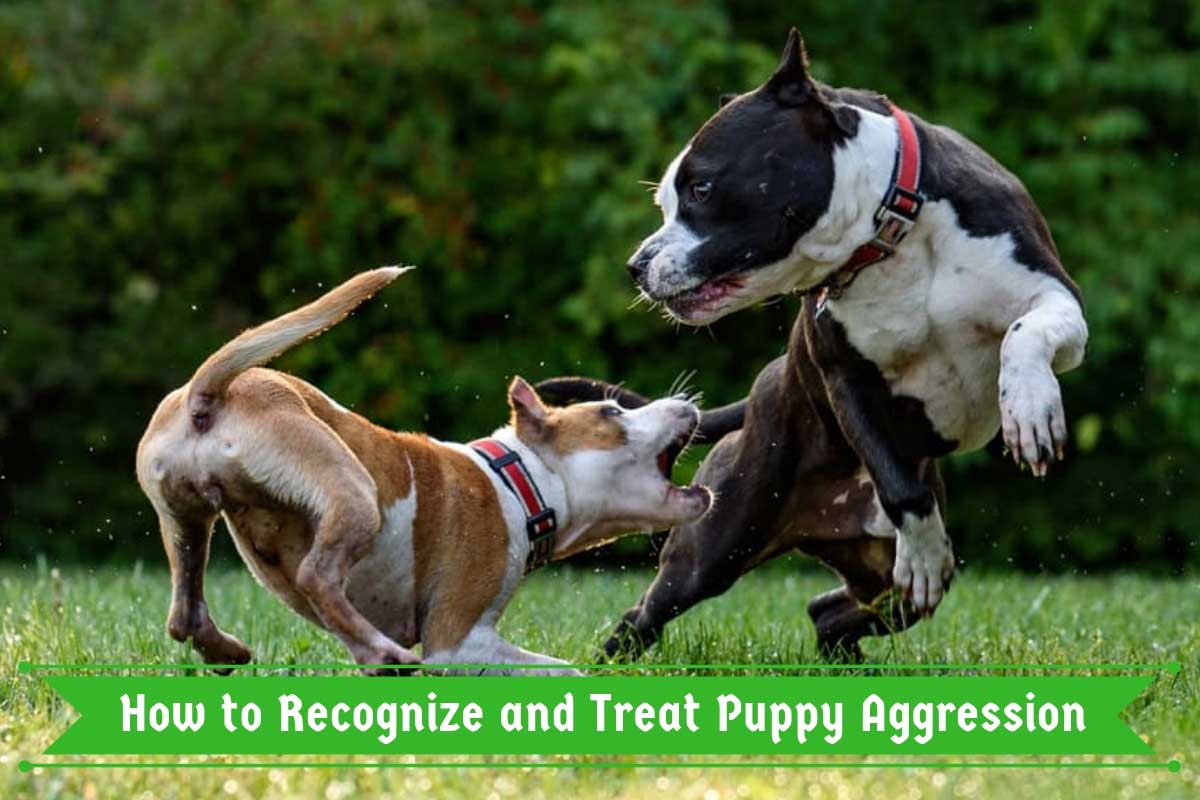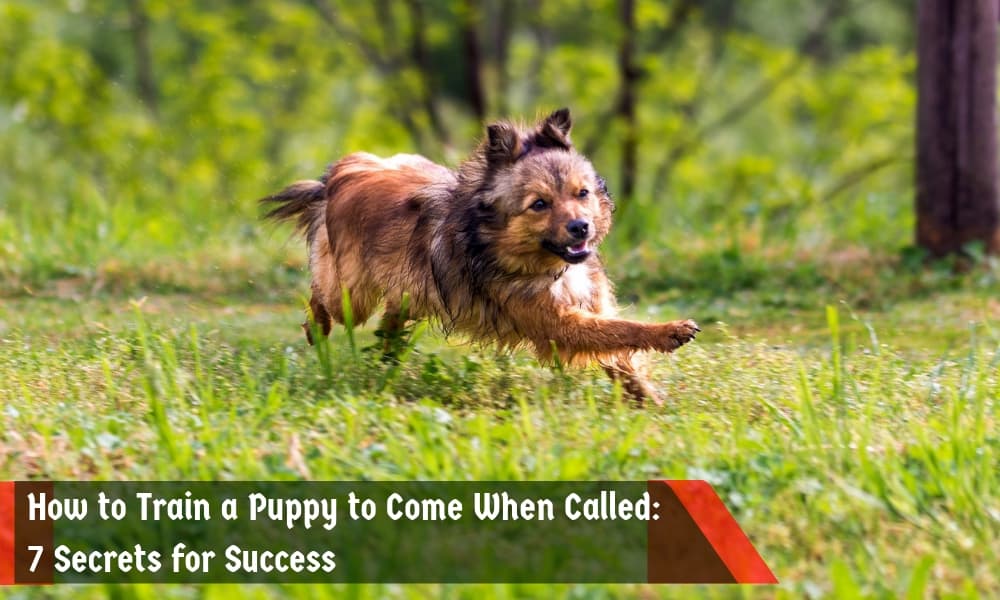
There are a few basic commands that you should teach your dog that come in handy when you need your dog to be obedient. Each of these basic commands is important and shouldn’t be overlooked when training your new pup.
One of these important commands is getting your dog to come when called. This becomes important in different situations, from stopping your pup from misbehaving to getting ready for a walk. These seven secrets and tips should help you through the training process for this important command.
Contents
Tip #1: Pick a Command Word
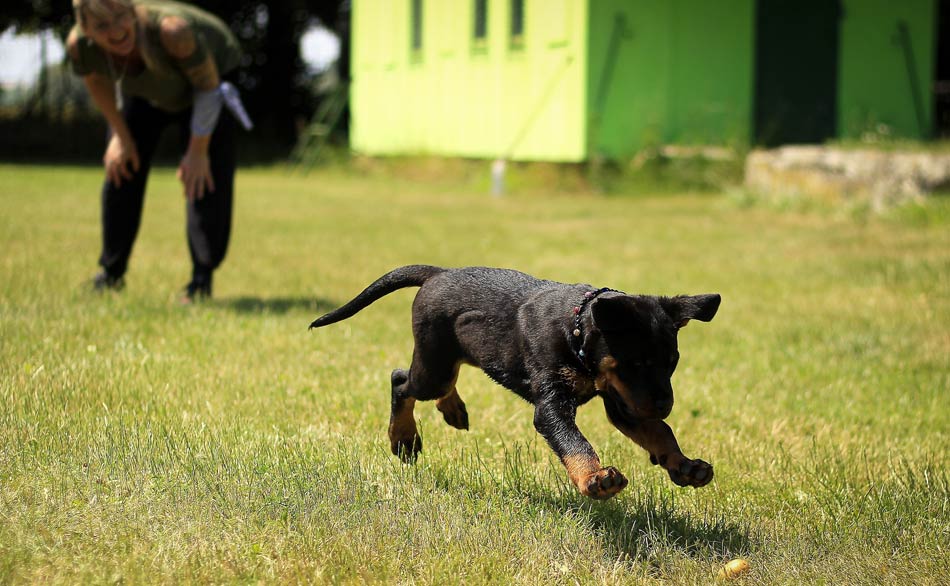
The very first thing you need to do is to decide what you want your command word (or cue word) to be.
There are several words you can use including “come” or “here”. You can also use whistling and snapping your fingers as a cue to get their attention or call their name to get them to come when called.
The important thing to remember is to always use the same word for the same command. If you try using several words or cues, it will confuse your pup and it won’t respond the way you want it to.
Whenever you use your cue word, always say it in a positive and happy tone of voice. You want your pup to associate the command with positive feelings instead of anxious feelings. Positive reinforcement is so important when training a puppy.
Tip #2: Schedule Short Training Sessions
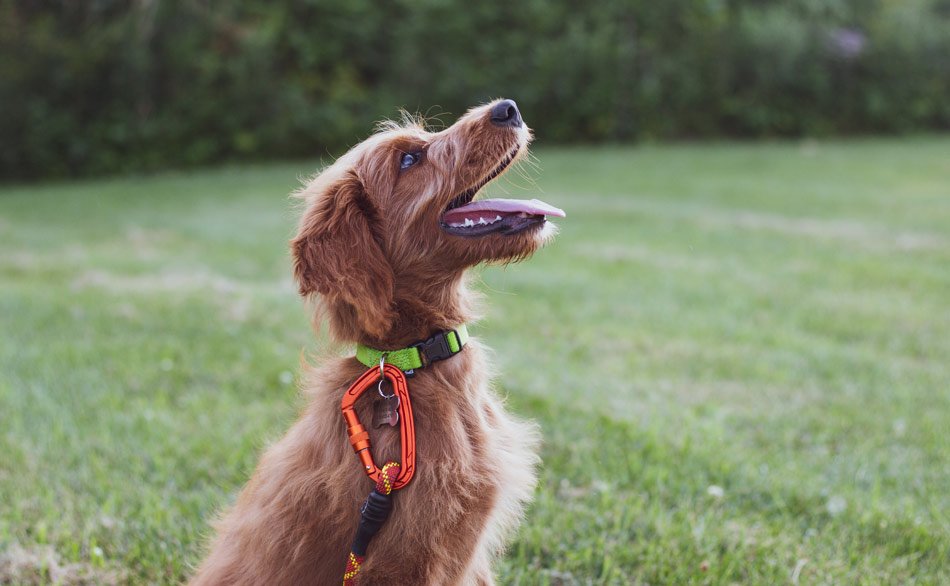
Dogs are prone to distractions and have short attention spans and poor impulse control. Some dogs have shorter attention spans than others and puppies are even worse because everything is new to them.
Every dog’s personality is different and it won’t take you long to figure out the attention span of your pup.
To keep your pup’s attention, schedule short training sessions. When teaching the come command, practice for no more than 15 minutes at a time
Otherwise, both of you could get bored.
Tip #3: Avoid All Distractions During Training
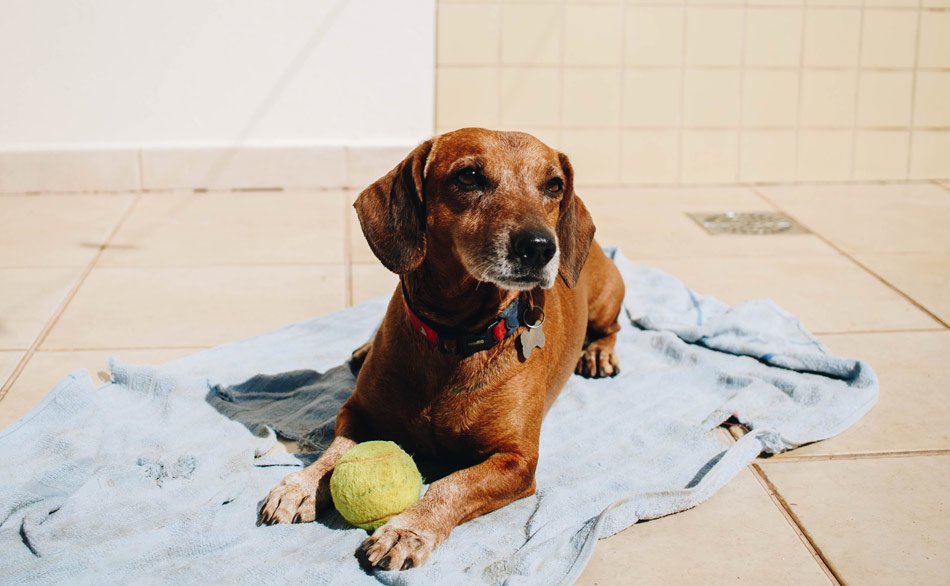
Since puppies are super curious and don’t always pay attention, you should train when there are no distractions. These can include television, chew toys, or even children.
Find a quiet area for training your pup to come to you when called, especially at the beginning of your training.
Tip #4: Use Positive Feedback

Young puppies learn faster when you use positive feedback rather than negative feedback. Never be physical with your puppy or scream at them.
Negative feedback leads to an anxious and fearful dog which can make them unpredictable as they get older.
Positive feedback can consist of a praising tone and playtime or it can be a tasty dog treat. It all depends on what your dog responds to the most.
When your puppy responds to your command, don’t use this time to discipline them for misbehavior even if they’ve done something seriously wrong. If you do, they’ll associate the command with negative consequences and won’t respond when you call.
Also, don’t reprimand them if they take their time responding to your command. Always keep the training and command positive if you want your pup to catch on.
If you use treats as positive feedback, your dog will eventually catch on to the command and you can stop giving them treats every time they come.
It does help to continue to give them praise for responding correctly to your command, though.
Tip #5: Don’t Go After Your Pup
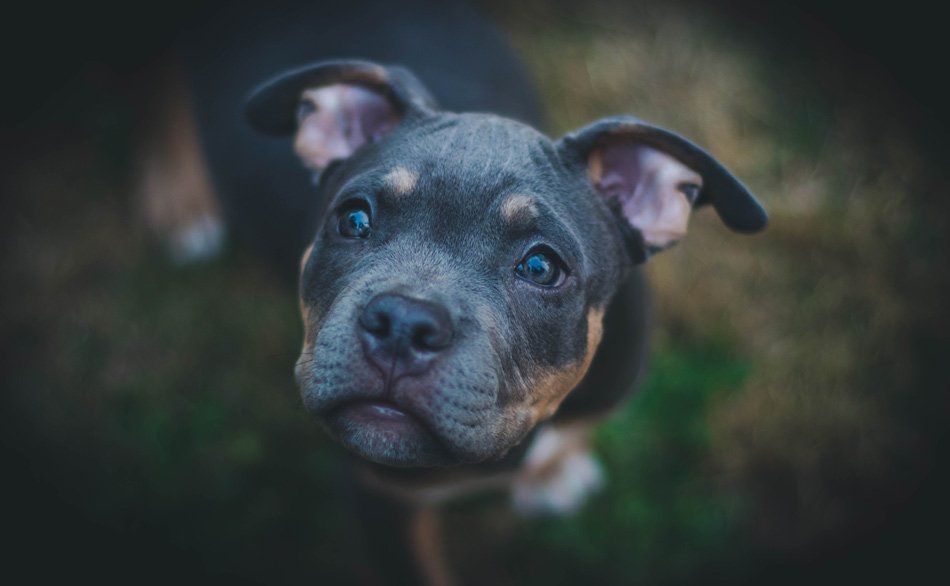
When you’re in the middle of a training session and your pup refuses to come to you or takes off in the opposite direction, don’t go to your dog.
You want your pup to know that you won’t respond to negative behavior or cater to them when they ignore your commands.
They want your attention, not isolation. They will catch on when they realize they’re doing something unacceptable.
Tip #6: Be Firm
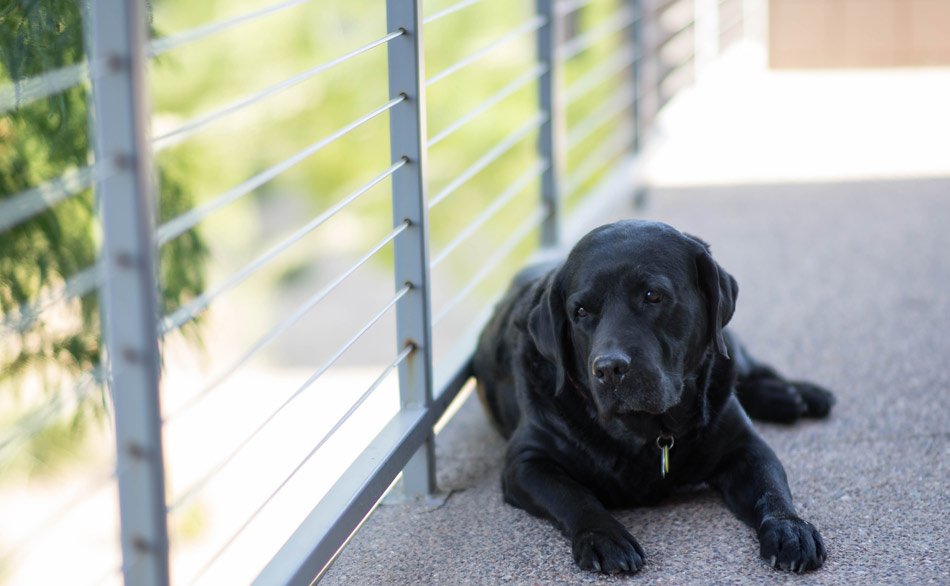
You want to use a happy tone of voice when using your command word but you also want your dog to know that you’re the one in control.
Make sure your happy tone is firm and calm when you call them. They can read your energy and know that you mean business.
Just like you should always use the same command word, you need to use the same tone of voice every time you use your command word if you want it to be effective. This way, your pup won’t get confused.
Tip #7: Start Your Training Inside Before Heading Outside
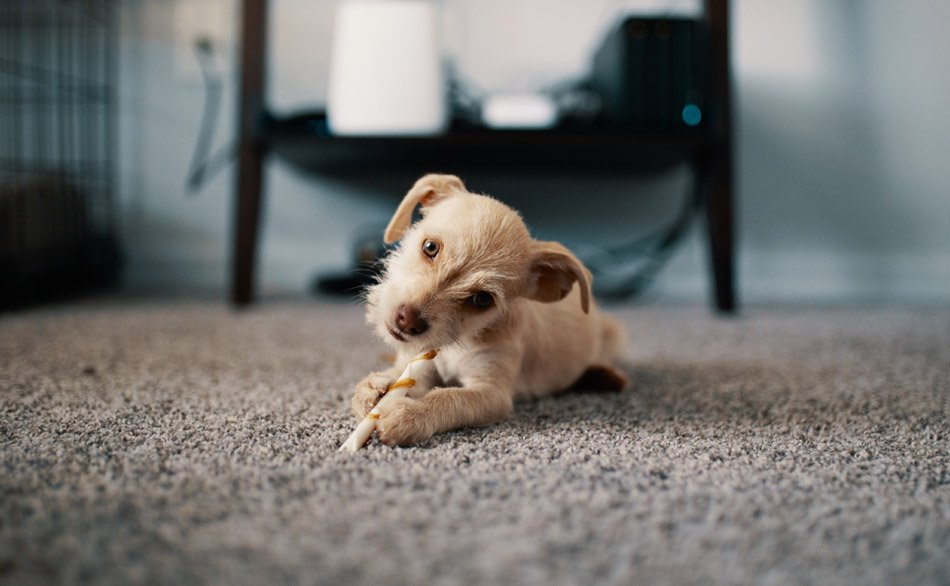
You should start your training inside your home. There are too many distractions outside of your home that make both you and your puppy struggle to concentrate.
Stand a few feet away from your pup and use your command word while holding a treat. When your pup comes to you, give them the treat and praise them.
Once your pup has caught on to that, try doing it in separate rooms. Call out your command word and wait for your pup to come to you.
Reward your pup when they respond by giving them lots of love and praise for being obedient.
After your pup has learned to respond to your command inside your home, take your pup outside to practice where there are more distractions.
If your puppy likes to take off from your yard to chase cars or greet other dogs, use a leash. This stops your pup from taking off to bark and sniff everything in the neighborhood.
Eventually, you should lose the leash but only when you trust that your pup won’t take off down the road as soon as they’re free.
If you only use the command while they’re on the leash, your pup will only respond to it when they’re on the leash and ignore you when they’re not. This process might take a while, but with determination on both sides, your puppy will start responding to your call.
They aren’t going to learn the command right away. You’ll need to practice every day until your dog understands your command cue.
The Bottom Line
Teaching your pup to come when you call them is important. Remember, you want your puppy to have a positive attitude when they hear your command instead of associating it with negative consequences so always practice positive reinforcement and shower your pup with praise.
I grew up in a household that was filled with animals. I believe that my fate as a dog-loving person was sealed in early childhood since my parents owned several dogs of varying sizes and breeds. There was no choice but to take care of and learn about dog habits and the best animal care practices — otherwise, I’d be clueless about how to go about the creatures I was surrounded by day and night.
As a life-long puppy lover, I know a thing or two about dogs and how to go about caring for them in the best way possible. Although I’m not a professionally trained dog behaviorist, trainer, or veterinarian, all of my knowledge and experience with canines comes from a place of love and a deep-rooted passion for dogs and animals in general.
Seeing as dogs kept me company throughout every stage of my life, I decided to follow a different path in my academic life and obtained a Bachelor’s and Master’s degrees in Marketing Management and Digital Advertising, which ultimately allowed me to combine my professional training and personal experience by creating the ultimate dog lover’s resource website! Along with my husband, Dave, I run MySweetPuppy for like-minded dog lovers who want to have a single, clear, and reliable information source about anything and everything related to dogs and their well-being.

